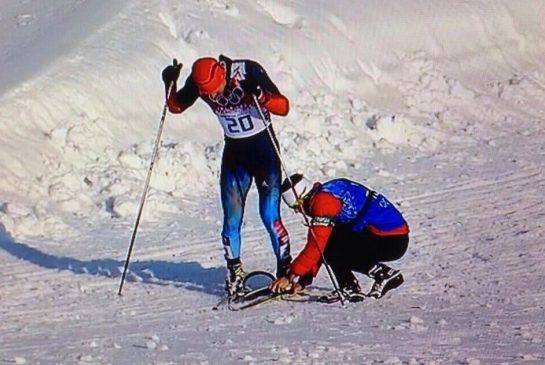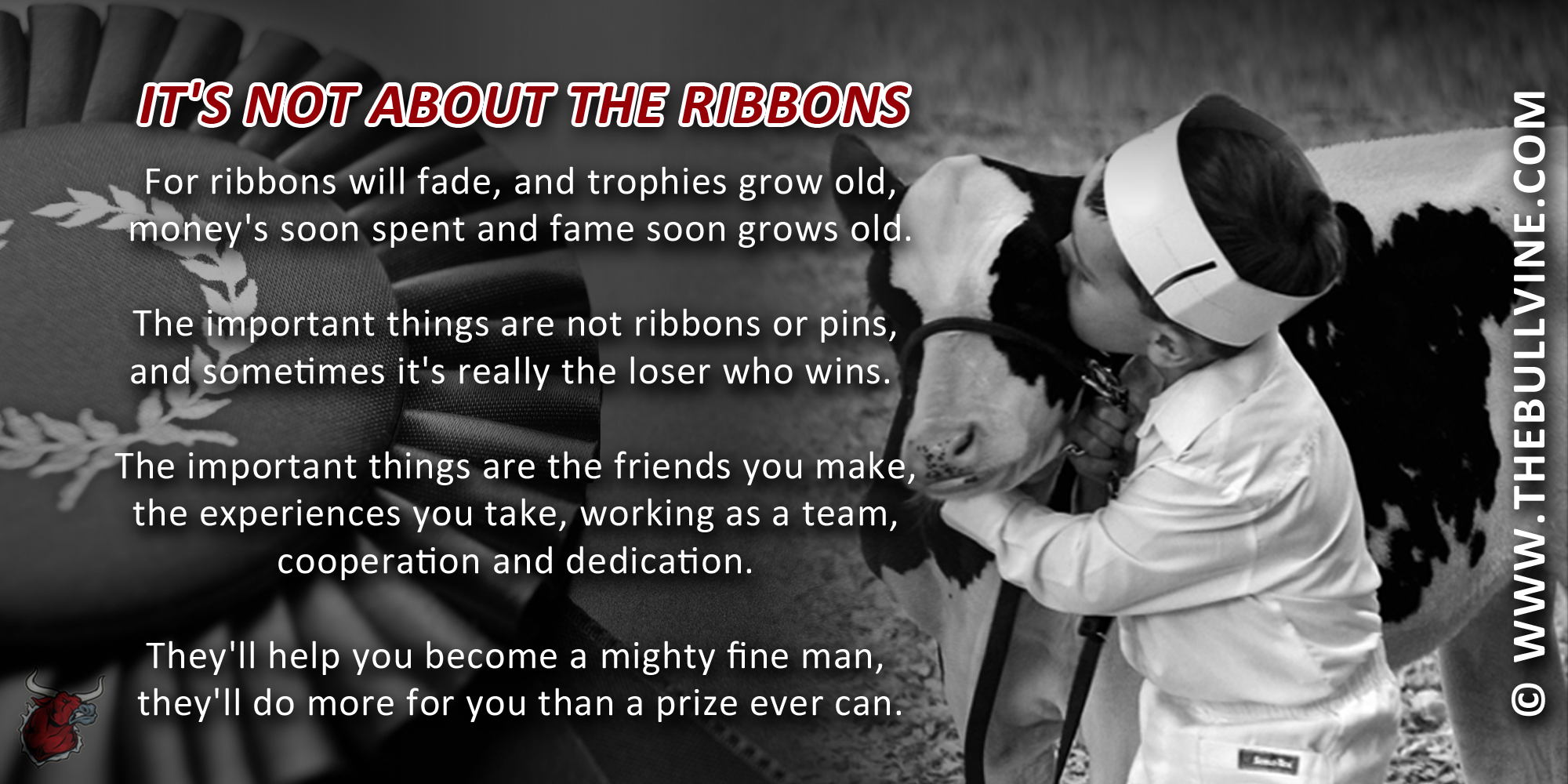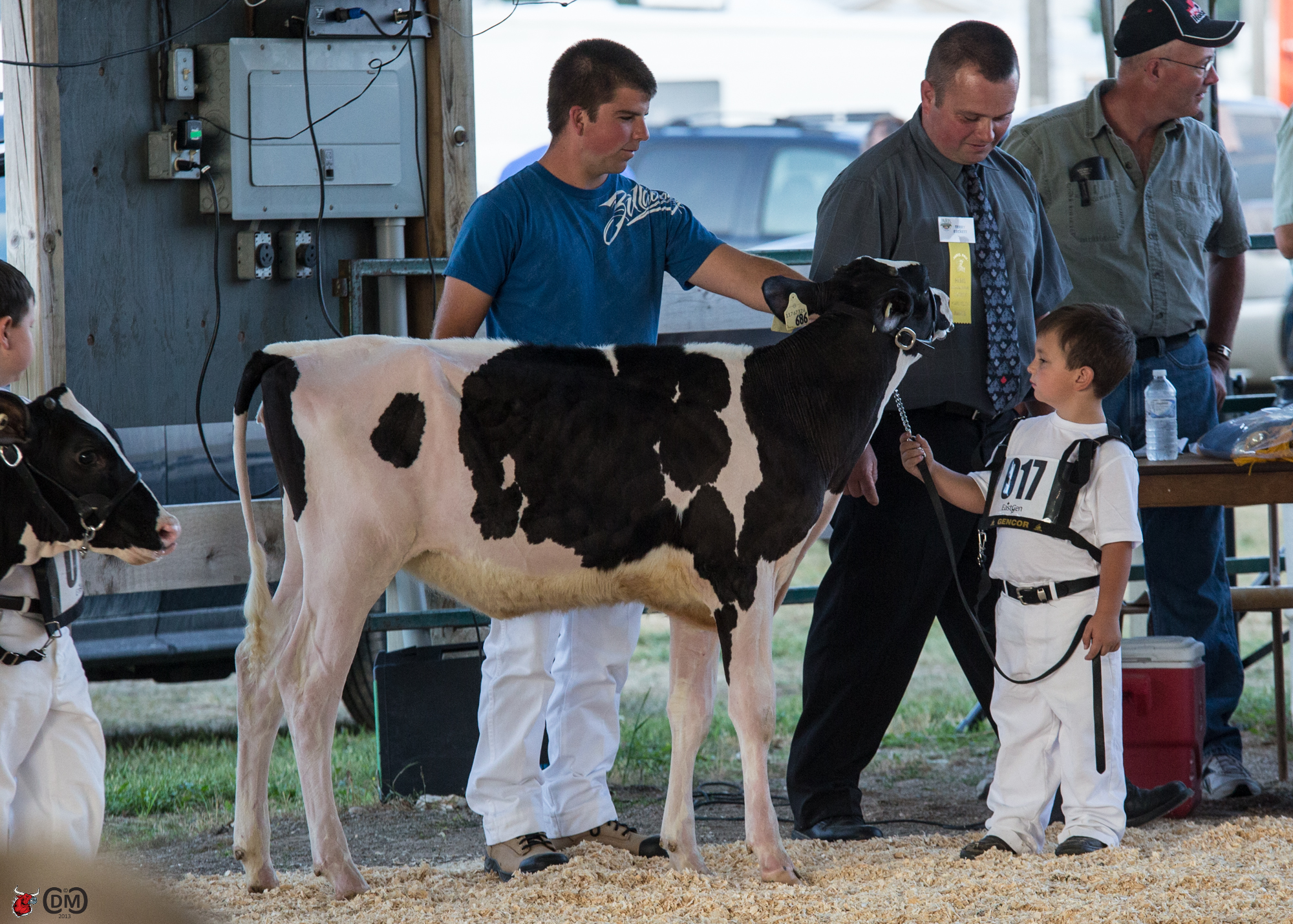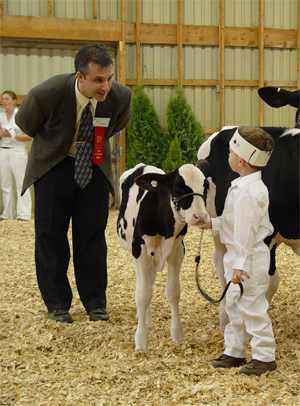For years, there has been considerable debate about how the person who leads or owns a cow influences a judge’s opinion and how the judge places the class. With the introduction of Facebook and other social media platforms, this debate has been amplified. Which leads to the question “Have Facebook and other social media platforms infected the show ring?”
There is no doubt that Facebook is the most powerful social tool in the history of mankind. The ability for Facebook to connect people with similar interests from around the world is unmatched. Previously, when you wanted to know the results of a cattle show or how a particular cow looked at a show, you had to call someone you knew who was there or wait at least a month to see the results and a few posed pictures in a print magazine. Now, in the age of social media, pictures are placed on Facebook even before the class has exited the ring. Larger shows now offer live streaming of the show and those at the show and/or watching the show online post their comments in real time.
How the World has changed
All this has significantly changed both the method and the speed that show oriented breeders communicate with one another. However, has this changed how animals are placed in the show ring? Ten years ago, most often the first time a judge would have seen most cows would have been in the show ring on show day. But today judges have more than likely seen pictures and heard comments on animals long before they ever enter the show ring.
One of the great things about social media is that it has enabled members of a small, remotely located community, such as the Tanbark Trail, to connect and share their thoughts very easily. Many top judges are active on social media and they see how certain animals are doing at shows and how popular certain animals are, long before they enter the show ring to judge a show.
Everyone has an opinion
In the past, when members of the Tanbark Trail disagreed with a judge’s placing, their comments would only be heard by a select few. Now in the age of social media, their opinion can reach thousands in a matter of minutes. While I have not seen many negative comments about a judge, I have indeed seen comments made about how certain cows where “gifted” due to certain circumstances. This touches on the question of the integrity of the show ring and those who are selected to judge it.
It’s a question of integrity
The question of integrity is not a new one. It has been around for as long as there has been subjective cattle judging. In the age of social media the need for integrity has been amplified. One of the interesting challenges with selecting dairy cattle judges is the fact that the best ones are often very involved in the show scene. This means that they have developed friendships, preferences and opinions over the years. The best judges have always been those that are able to let their judging performance not be influenced by these factors. In the age of social media, a whole new level of integrity is required. No longer is it just the opinion of a select few, but rather the opinion of thousands that can significantly influence a judge’s decision. Those who are of the highest integrity are able to tune out all the traditional influences as well as the new ones that social media brings to the table.
There are some who would comment that judges should not be active on social media. I argue the exact opposite. I want a judge who is involved in the dairy community. All aspects of the dairy industry. In today’s day and age, that means social media as well. There are many judges that are very active on social media and whom I trust to have the integrity to tune out what they read on Facebook or see online when, they are making their final decision in the ring.
Does social success influence show ring results?
There are some that would say that how popular a cow is on social media greatly influences her placing at a major show. I would argue that the reason that most of these cows have become so popular is because they have been able to demonstrate again and again their superior conformation and hence have developed a loyal following. There is no question that many cows’ show ring pictures have been able to go viral on social media. However, there is a very sound reason why these cows have great pictures….they are of superior conformation.
One of the great things about show ring pictures is that they are 100% honest. Since these photos are being posted online usually within minutes of being taken, there is no opportunity for them to be doctored or altered in anyway. Hence, when a cow looks great in her show ring picture, it is because she looked great in the show ring.
One of the greatest pleasures I get from taking pictures in the show ring at the major shows is that I am able to get the same view of the animals in the ring that the judges of the shows see when they make their decisions. Often I receive comments from people outside the ring about how one cow placed higher than another when from their view it did not look correct. Very seldom have I ever had a case where these questions proved accurate. When you see the pictures afterwards, you often see that particular cows looked better from a distance than they did up close. So while many will let their personal preference or influences affect the questioner’s own opinion, I have seldom found a case where it was not at least a tossup or where one judge’s decision on the day may be slightly different than another’s. However, never have I seen a blatant error on the judge’s part.
The Bullvine Bottom Line
Judging a dairy cattle show is never easy. Since the introduction of social media and the growth of dairy show coverage, the job of judging has only gotten harder. Probably the most important trait a judge has always needed is that of Integrity. In today’s social media age, the necessity of integrity is greater than ever. Now instead of hundreds of eyes watching you there are thousands, all with their own opinions. Facebook and other social media platforms have done wonders for growing the popularity of the Tanbark Trail, but it has also led to the potential infection by the influences they bring. It takes judges of the utmost integrity to tune all that out and place the animals based on how they appear on show day and only that day. And that’s exactly what the best judges have been doing for years.
Get original “Bullvine” content sent straight to your email inbox for free.



















 One of the outstanding benefits of living on a dairy farm is that it provides the opportunity to learn how to compete in the dairy ring. Working with dairy animals improves physical fitness, coordination, self-discipline and teamwork, but these beneficial activities can also put participants at risk for injury.
One of the outstanding benefits of living on a dairy farm is that it provides the opportunity to learn how to compete in the dairy ring. Working with dairy animals improves physical fitness, coordination, self-discipline and teamwork, but these beneficial activities can also put participants at risk for injury.



